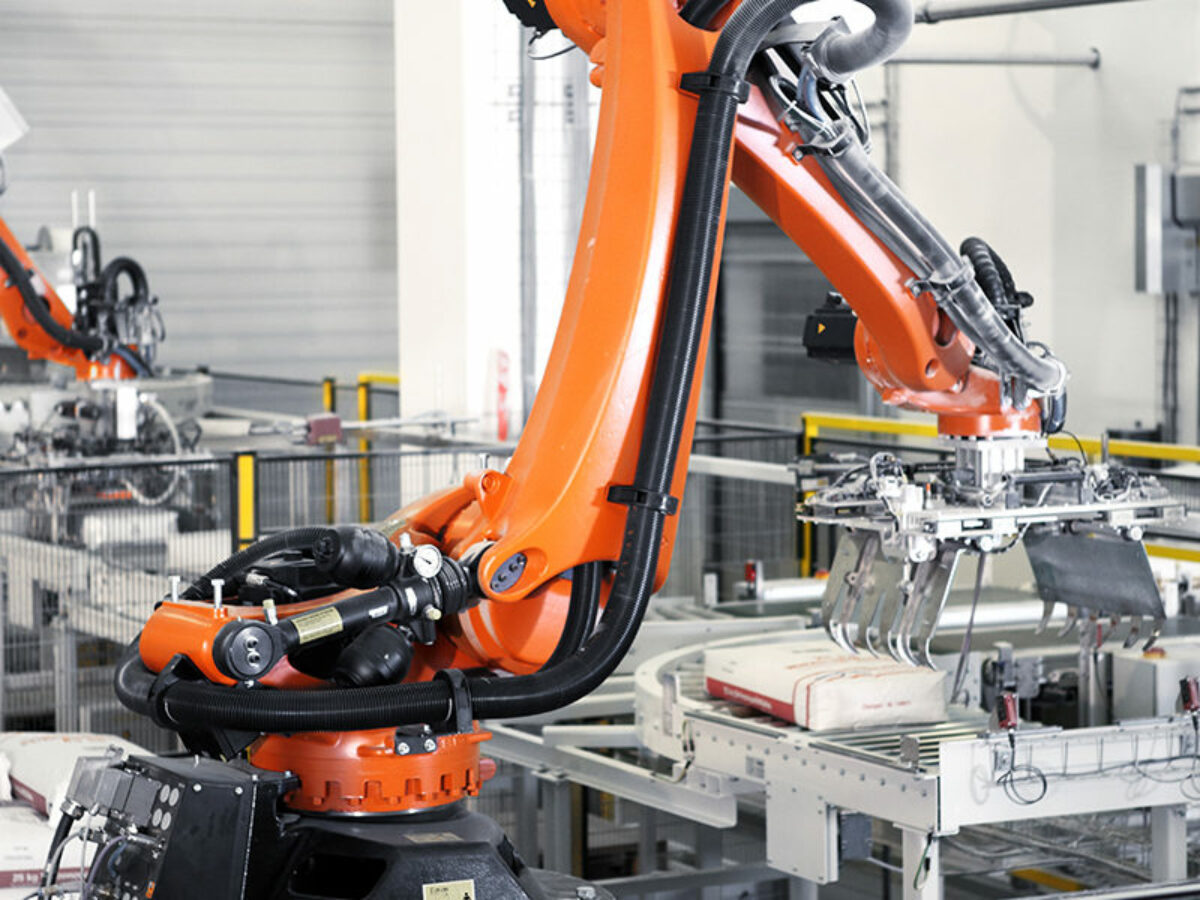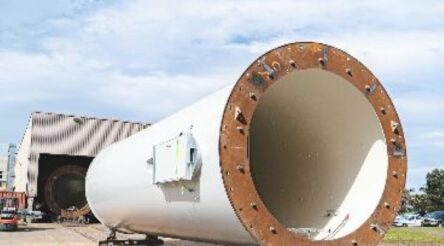Robotics adoption matters: how do we compare internationally, and does that need to change?

Recently-released figures show no improvement in Australian purchases of industrial robots, and other nations seem to be upping their investment as they adapt to the pandemic. Brent Balinski looks at some recent trends in this part of our Robotics adoption matters series.
The benefits of factory robots are well-known to manufacturers the world-over, and these see the total installed base of them grow globally every year.
The IFR’s annual Industrial Robotics report, out last month, showed 373,000 units purchased worldwide in 2019, down 12 per cent from 2018, but still the third-highest result ever.
The dip in figures vs 2018 was put down to conditions in the electronics and automotive industries, the two major drivers of sales.
China led total sales (140,500), followed by Japan (49,900), the USA (33,000) and South Korea (27,900.)
Australia’s result, you ask? We are combined with New Zealand, and ANZ’s total was down 9 per cent for the year to 567 new robots, placing 35th globally. The IFR’s observation is that investment has moved “sideways at a low level of 500 units for many years.” Highlighting the large role of automotive, a spike of 1,324 was achieved in 2012 and due mainly to investments in Toyota’s Altona site.
Automotive and electronics manufacturers aren’t something we have a lot of, so we also don’t have a lot of factory robots. The current total stock of operational robots totals about 7,900.
However, head of the IFR statistical department Dr Christopher Müller says our low density of industrial robots to workers isn’t as bad as you might think, and recommends comparing density in “general industry” terms, i.e. manufacturing minus automotive.
“The value of 76 robots per 10,000 employees in the general industry (2019) is actually not too bad,” Müller tells @AuManufacturing.
“It is below most Western and Northern European countries but 76 is also the global average. The value is similar to prospering Eastern European countries like the Czech Republic (66), Hungary (60) or Slovenia (84). By the way: It exceeds the UK (46) by far.”
Regarding a country’s manufacturing competitiveness, Müller explains that automation technology has an important role in productivity, and is important for keeping manufacturing in high-wage countries.
As Mark Peters of the Advanced Manufacturing Growth Centre put it on this website, factory robots are a “great equaliser” for companies in high-cost nations such as Australia, and we arguably need more of them.
Cobots
The international figures released last month also showed the collaborative robot genre continuing to grow, now at 4.8 per cent of all factory robots sold though “still in its infancy.”
More affordable, able to work outside of a cage and alongside people, and reprogrammable by regular workers, collaborative robots have been designed with smaller manufacturers in mind. They have often been described over the last few years as an opportunity for Australia (market leader Universal Robots launched here in 2014) which has a manufacturing sector dominated by SMEs.
As with conventional factory robots, the biggest adopter is the automotive industry, says UR. It declines to give figures for Australian sales.
Locally, most of the interest has come from the FMCG, pharmaceutical and life science sectors, says James McKew, UR’s Regional Director APAC. However, he cites Redarc Electronics — which exports most of what it makes and which automated an assembly and labelling cell with three cobots — as a standout local example.
“The cost of low-quality or damaged goods becomes really exorbitant when you are dealing in high-value goods and especially when you start exporting. You also need to remain price competitive,” he tells @AuManufacturing.
“It is encouraging to see how this company managed to increase quality, output and remain competitive… Electronics are big users of cobots in other parts of the world because of the high-mix low-volume combination and the high quality standards it demands. We are happy to see cobots grow in this sector in Australia.”
Covid boost
The Financial Times reported this month that trade in robotics and automation is on the rise in many countries as companies adapt to Covid. In the US, for example, the first eight months of 2020 saw overall imports down 11 per cent, yet industrial robot imports up 5 per cent. The Japan Robot Association reported unit robots exports “rose at an annual rate of 13 per cent in the second quarter.”
It is possible that Australian manufacturers will also up their investment in robotics and automation, but predicted non-mining business investment of negative 14.5 per cent in 2020/2021 doesn’t bode well.
Tim Kelly, Managing Director of the Advanced Manufacturing and Engineering Capability Hub, says that to be successful, a shift to digital manufacturing in Australia will also need a major change in public perception towards the industry and a vast rethink of the skills needed to prosper.
Manual skills remain important, but are “not designed to scale the way that automation and robotics are,” he tells @AuManufacturing.
“We need to carve out manual, fabrication-type manufacturing from advanced, digital manufacturing which leverages a digital definition and is significantly more scalable through automation and robotics. For me, this is a critical first step in creating a compelling vision for what Australian manufacturing could be, which is more like [Queensland manufacturers] Laser Central or HeliMods,” says Kelly.
“While there are these champions out there, there is a long way for us to go as a nation on a lot of fronts, starting with the broader perception from the general public that manufacturing is a dirty industry that is predominantly manual labour in uncompelling working conditions.”
Featured picture: Kuka
 @AuManufacturing’s Robotics adoption matters series is brought to you with the support of the Advanced Robotics for Manufacturing Hub.
@AuManufacturing’s Robotics adoption matters series is brought to you with the support of the Advanced Robotics for Manufacturing Hub.
Subscribe to our free @AuManufacturing newsletter here.
@aumanufacturing Sections
Analysis and Commentary Awards Defence Manufacturing News Podcast Technology Videos










